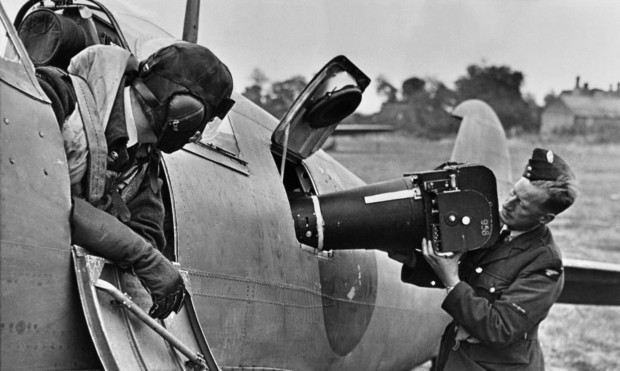Michael Alexander looks at the top secret role played by aircraft based in Fife in the Second World War.
The story of the photographic intelligence unit the Allied Central Interpretation Unit (ACIU) is one of the greatest lost stories of the Second World War.
A new book, Operation Crossbow, tells for the first time how the secret unit hunted for and helped to destroy the Nazis’ “Vengeance”, or V-weapons, before they could be launched against Britain using 3D aerial photographs that are now archived in Edinburgh.
The book’s author, Allan Williams, is curator of this archive, which holds over 25 million once top secret aerial photographs taken throughout the Second World War and Cold War. Along with his team, Allan’s ongoing research into the archive represents the legacy of the now-disbanded photographic intelligence unit that was based at RAF Medmenham in Buckinghamshire.
The book that tells the story of the operation to destroy the “V” weapons codenamed Operation Crossbow has been published to coincide with the 50th anniversary of the earliest parts of the collection first being declassified by the Air Ministry.
During the Second World War tens of millions of aerial photographs were taken by allied reconnaissance aircraft.
The V-weapons which included the V1 flying bomb and V2 rocket were a strategic priority for the German high command, who believed this revolutionary technology could help turn the tide of the war.
Remarkably, the V2 technology, developed by Dr Wernher von Braun and his team, would later go on to be used by Nasa to propel the Apollo spacecraft to the Moon.
In November that year, while analysing photographs of Peenemunde in northern Germany, the photographic interpreters spotted a small stunted aircraft on a ramp.
This intelligence breakthrough linked the Nazi research station with a growing network of “V” weapon launch sites in northern France, Belgium and The Netherlands, where ramps were being constructed aligned not only with London, but a network of targets throughout southern Britain.
A number of the high-altitude unarmed reconnaissance missions over the Peenumunde facility were flown from RAF Leuchars using Mosquito reconnaissance planes that the aircrews nicknamed after liquers and spirits, including Drambuie and Vodka.
Photographic reconnaissance missions were also flown from Leuchars over much of northern Europe and from RAF Wick over Scandinavia.
